AARP Hearing Center

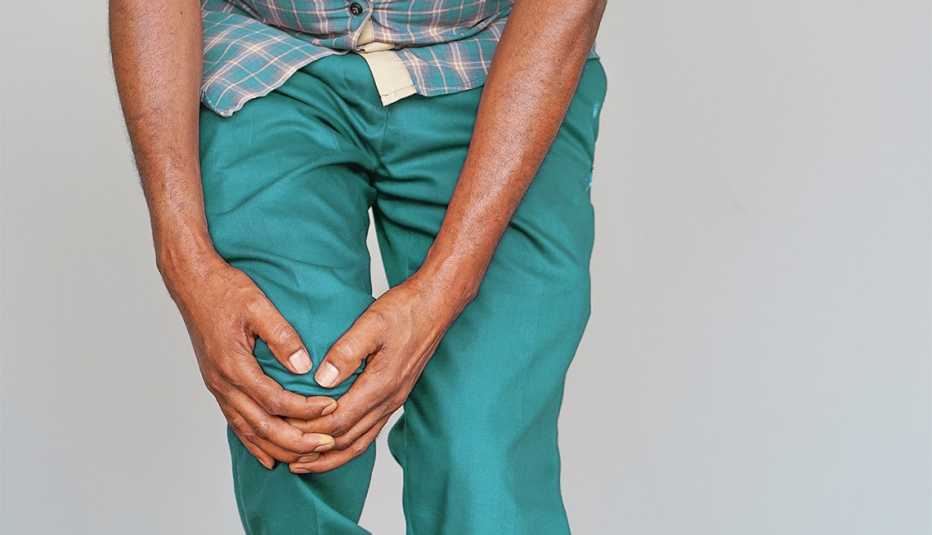
It’s not unusual to experience pain in your joints on occasion, especially if you’re active and participate in high-impact activities such as running. That unwanted ouch can be caused by injured muscles, tendons and ligaments around the joint — or by tendinitis, a sprain or a strain.
But if you start experiencing aching, pain and stiffness on a routine basis — and particularly if the pain is right at the joint — you may be developing arthritis, says rheumatologist Uzma Haque, M.D., associate professor of clinical medicine at Johns Hopkins Medicine.
Your risk of arthritis increases as you age, and it’s a leading cause of disability in the U.S., affecting around 58.5 million people, according to the Centers for Disease Control and Prevention (CDC).
Inflammatory arthritis vs. osteoarthritis
Arthritis actually describes over 100 different conditions that affect joints and the surrounding tissue. They fall into two main categories: inflammatory arthritis and osteoarthritis (OA).
Inflammatory arthritis is a systemic disease in which the mechanisms that normally protect your body attack your own joints and tissues instead. The most well-known example is rheumatoid arthritis (RA), which tends to be symmetrical, meaning you’ll have problems in the same joints on both sides of your body, like both wrists or both knees.
The second type of arthritis — and the most common form — is osteoarthritis (OA). A degenerative disorder, it’s caused by trauma or age-related wear and tear on your joints over time. OA is most likely to affect weight-bearing joints such as the knees, hips, lower spine or big toe, but it can also cause pain and stiffness in your thumb or finger joints.
8 early signs of arthritis
Here are some early arthritis symptoms that should prompt you to see a medical provider.
1. Pain in a joint. Pain or aching in a joint that gradually becomes worse over time is a classic symptom of arthritis, says Lisa Cannada, M.D., an orthopedic trauma surgeon at Novant Health in Charlotte, North Carolina. The pain may be triggered by activity, or it may set in after activity or at the end of a long day.
2. Joint swelling and tenderness. As arthritis gets worse, it can cause joints to be swollen and tender. It may hurt when you press down on the joint.































































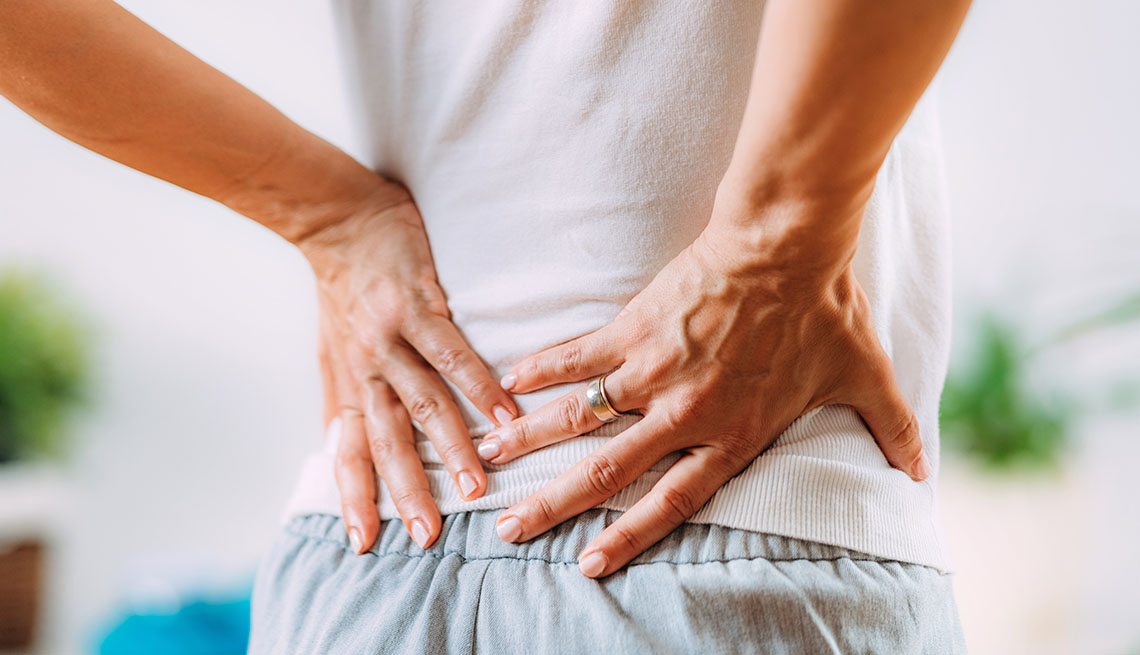




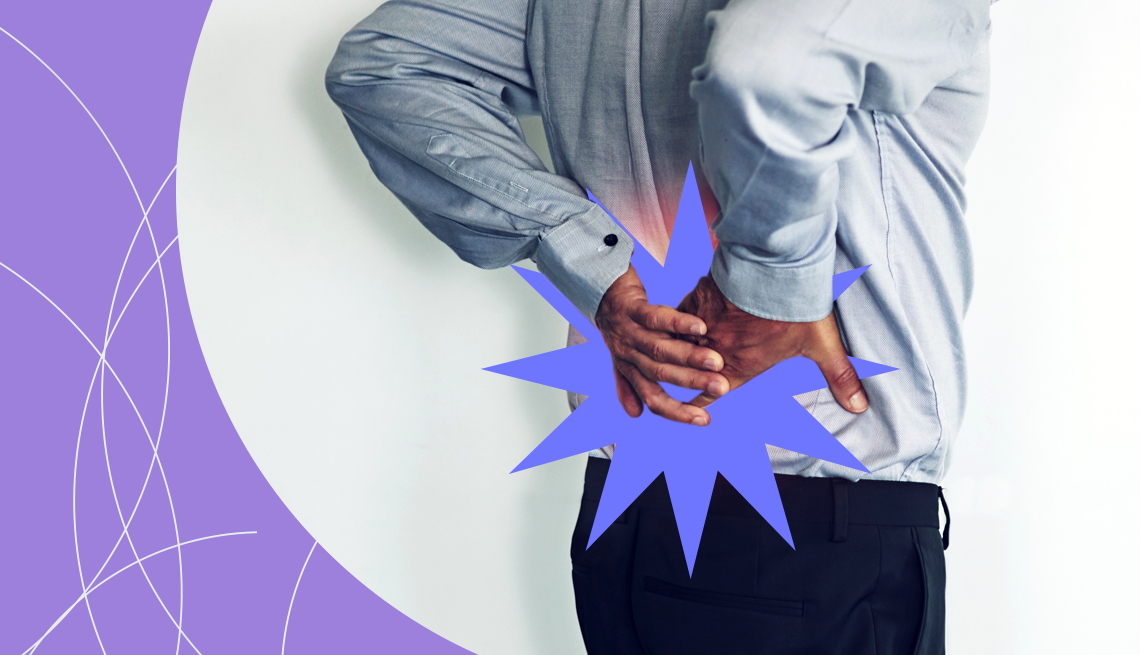


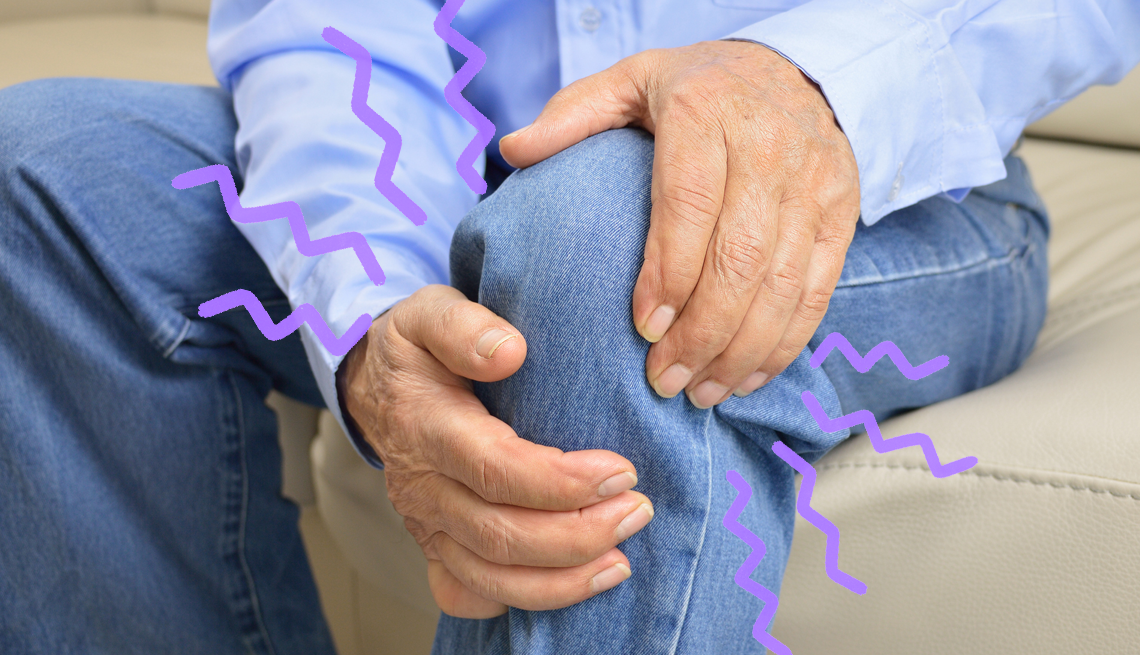

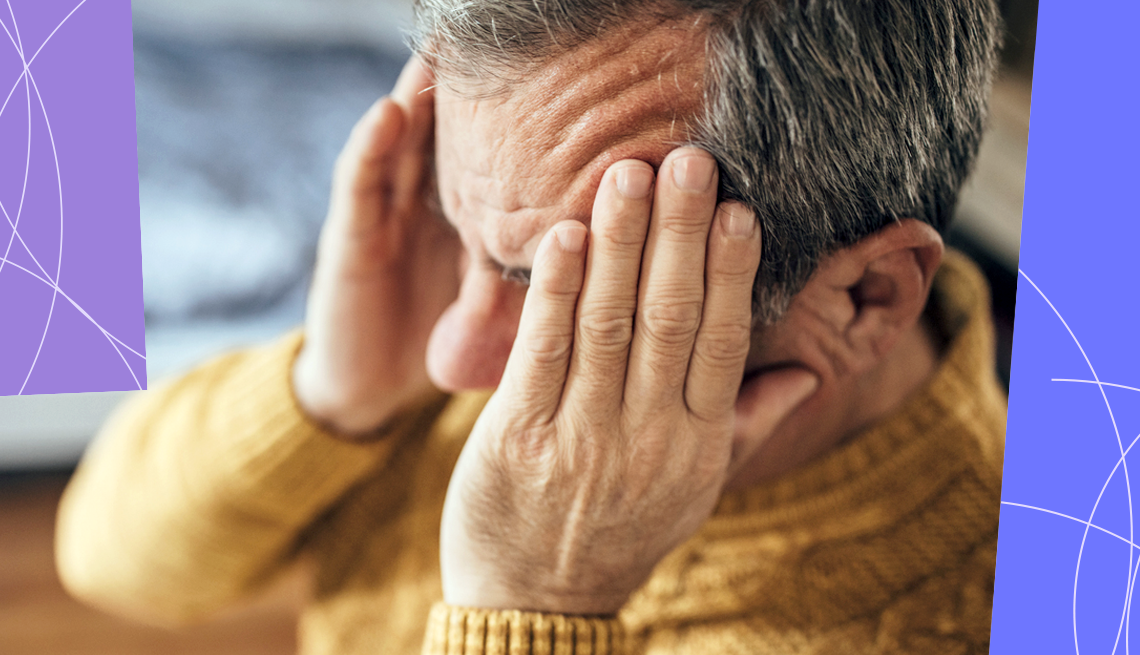
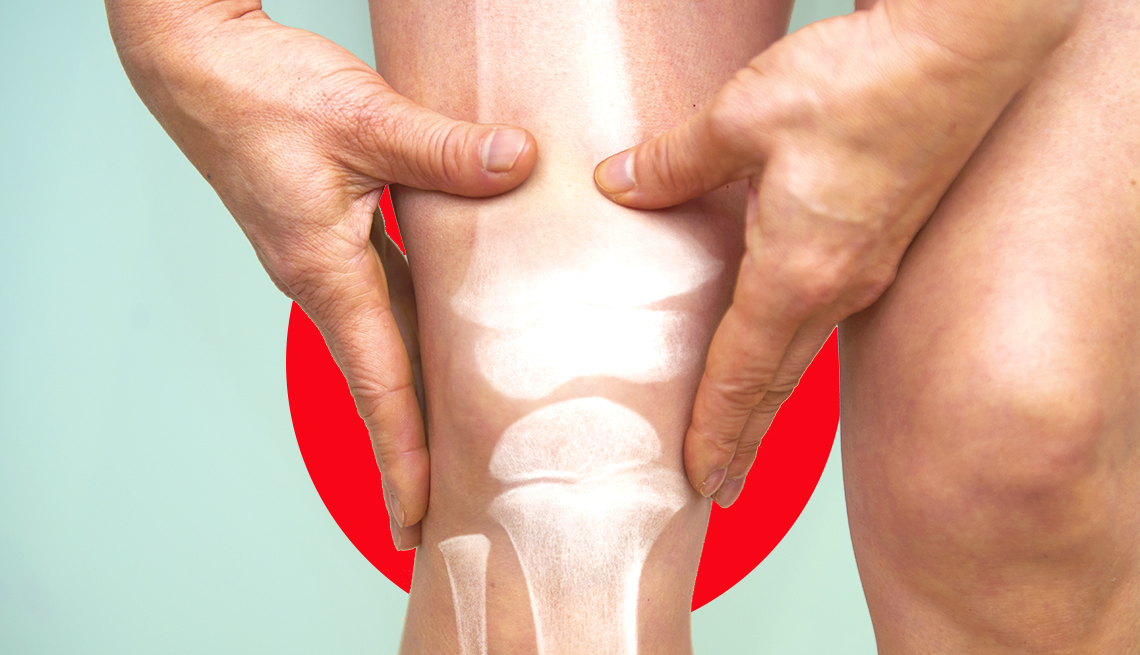




More From AARP
7 Hand Exercises to Prevent Arthritis
How to stay loose and pain free
AARP Smart Guide to Sleep
35 ways to help fight restless nights and get the slumber you need
Yep, Inflammation Gets Worse as You Age
Here are seven sneaky signs to know
6 Superfoods for Arthritis
These foods may help ease your joint pain